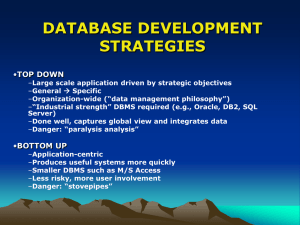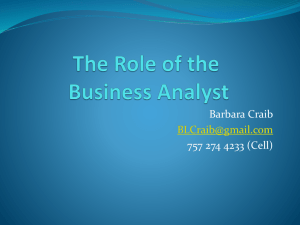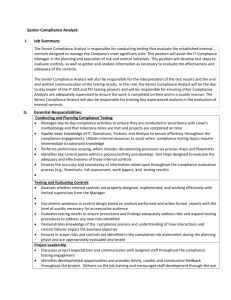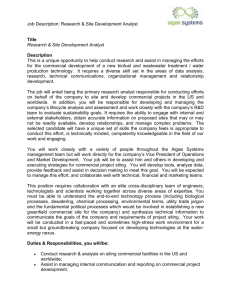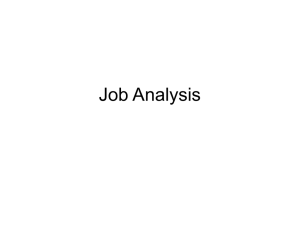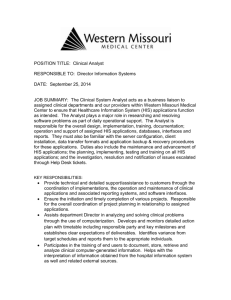The 4 Roles Of Reading Overview for students
advertisement
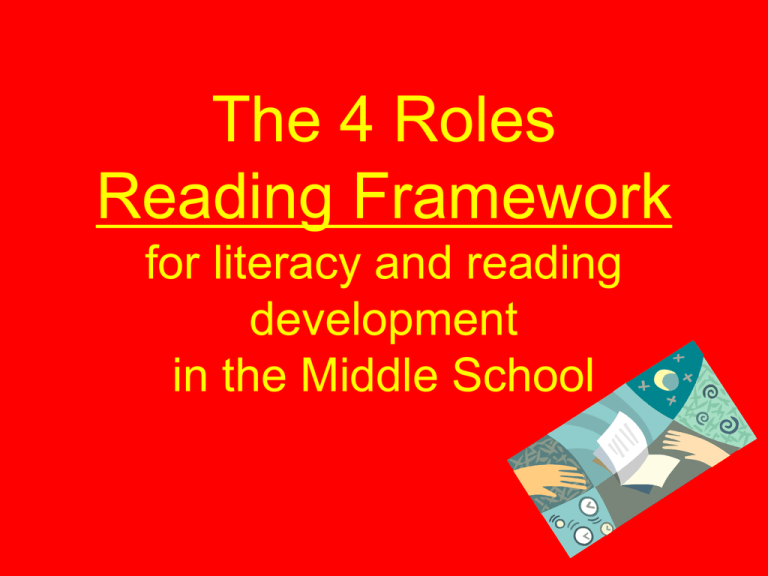
The 4 Roles Reading Framework for literacy and reading development in the Middle School Successful readers use the 4 roles… • Code breaker • Text User • Text Participant • Text Analyst CODE BREAKER ROLE: Identify the words, phrases, and terminology that are difficult and/or vital to understanding the text. Once these words are identified, the Code Breaker works to define these important words. It’s all about “breaking the code”. TEXT USER ROLE: Formulate a comprehensive understanding of the text as it is read. (The “big picture”) Once this understanding is established, the Text User describes it in another form - illustration, poetry, script, song, diagram, symbols, etc. It’s all about interpreting the text. TEXT PARTICIPANT ROLE: Make connections between the text and one’s personal experiences, prior knowledge, or understanding of similar texts. Once these connections are made, the Text Participant uses them to have a “conversation” with the author about the text. It’s all about you, the reader. TEXT ANALYST ROLE: Identify the author’s position and purpose for writing the text. Once the author’s intentions are uncovered, the Text Analyst evaluates how well the author accomplishes these goals, as well as the possible impact this piece of writing may have on its readers. It’s all about the author. FAT Questions Questions (as well as statements) are especially useful for the Text Participant and the Text Analyst. Deep, probing questions that begin with How? or Why? promote deeper conversations and greater understanding of the text. Limit your use of Who? What? Where? & When? questions, which can easily be answered by the text itself.





